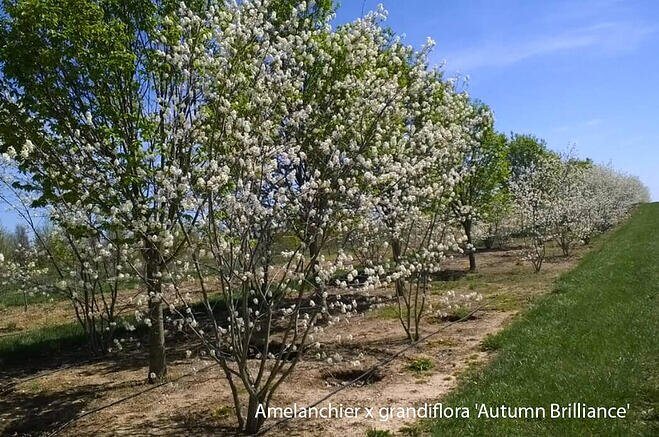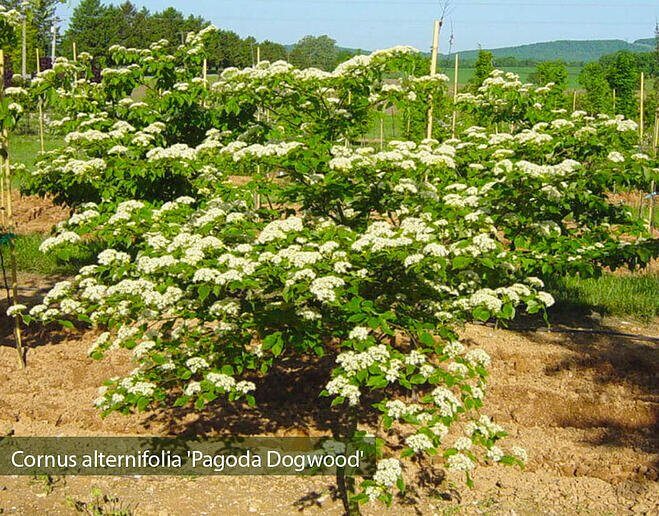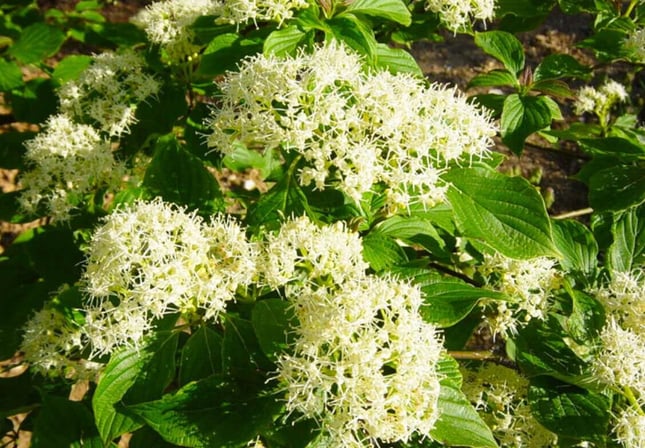For any plant to thrive, it needs oxygen and soil moisture--but also decent drainage. Some plants can tolerate a poorly drained, sopping wet site better than others. Some can even tolerate short term flooding--but not constant submersion. Most plants won’t survive if they are just sitting in water for long periods of time.
Sometimes you can fix soil drainage problems. Other times, you’ll want to choose from a specific set of plants that like wet soil and are able to succeed in above average soil moisture.
So, When You Say Wet Soil…
 What we’re talking about here, generally, is soil that has a lot of clay in it. Heavy clay soils tend to not be well oxygenated. Clay soils tend to remain wet and moist longer than well-drained soil. Then, when they dry out they are like concrete. That’s a recipe for runoff conditions that don’t help the plants or the soil.
What we’re talking about here, generally, is soil that has a lot of clay in it. Heavy clay soils tend to not be well oxygenated. Clay soils tend to remain wet and moist longer than well-drained soil. Then, when they dry out they are like concrete. That’s a recipe for runoff conditions that don’t help the plants or the soil.
Here’s one rule of thumb to determine if an area is too wet. If you have a big rain and there is standing water 24 hours later, that’s a good indication it is too wet for normal plants. You would want to see that the water has been absorbed and drained through--not in a puddle just sitting there.
Aside from looking for signs that tell you part of your landscape is draining poorly, you can do a little digging. For this, there’s no substitute for getting your hands dirty. Because it’s hard to define what is the appropriate amount of moisture, I do it by feel. If you reach under a plant to test moisture level and it is bone dry near the drip line, you are in trouble. If it is moist a few inches down, you're good. If it is muddy, you are heading in the direction of trouble again.
There is usually a prevailing soil composition/condition across all the properties in a neighborhood. So there could be a situation where a complete lot or neighborhood tends to have poorly drained soils. In those cases, plant selections should probably lean toward those that have a track record of survival in overly moist soils.
Selecting Trees and Shrubs for Wet Areas
 If the soil is what it is and you are not able to improve drainage, you’ll want to choose plants that like wet soil. Fortunately, we’ve got a list of tough shrubs and trees that tolerate clay soil and damp sites!
If the soil is what it is and you are not able to improve drainage, you’ll want to choose plants that like wet soil. Fortunately, we’ve got a list of tough shrubs and trees that tolerate clay soil and damp sites!
Taxodium, a deciduous evergreen native to China, is tolerant of wet soil. Various cultivars have been developed and are now available. Red maple, too, is grown for planting in wet areas.
Other trees and shrubs that won’t mind a wet environment include river birch (Betula), sweet pepper bush, Texas redbud, serviceberry, pagoda dogwood, hydrangea, northern bayberry. And if you’ve got a large property with a pond or running waterway, who doesn’t love a willow?
Obviously, when installing a new landscape or making changes to an old one, improving drainage is in some way a part of the program. The well-known bag of tricks we use for areas with wet soil includes:
- Raise - Raised beds are a favorite way of “getting on top of” the problem of soil that does not drain properly. It helps plants keep dry feet while adding some visually pleasing verticality to the landscape.
- Drain - Installing systems that move moisture away from where it is a nuisance to where it will be welcomed and put to good use.
- Amend - Adding material to get the right soil mix for good drainage
- Elevate - For specific plantings, you might elevate the root ball by digging out the hard pan. Replace that with porous material to drain excess water away. Backfill with organic material to hold only the moisture roots want.
There are numerous ways to correct poor drainage and the constantly wet soil that comes with it. For those times when you expect drainage issues to be unpredictable or ongoing, selecting damp tolerant plants is the way to go.
Reserving the plants you need for when you need them can be a real challenge. Download our ebook Solving Plant Shortages in a High Demand Landscaping Market to learn about practical solutions to common plant sourcing problems.





